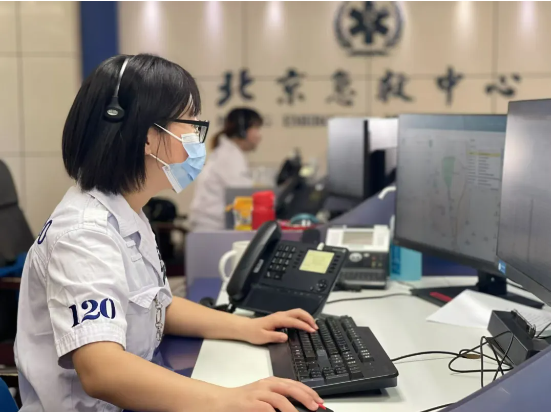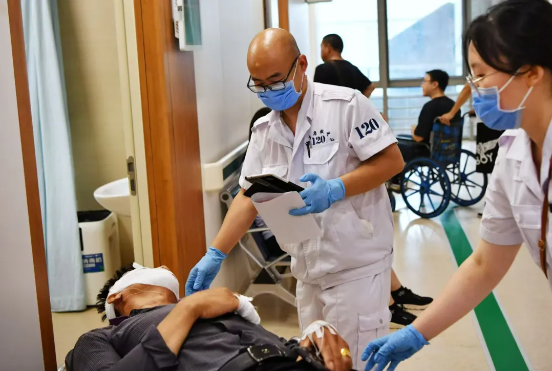In order to further improve Beijing’s capabilities and levels of pre-hospital medical emergency service, and better promote the capital's urban operation and protect the life, health and safety of the people, Beijing continues to improve the pre-hospital medical emergency system. On the basis of improving the layout of the emergency network, the Municipal Health Commission has steadily promoted the construction of the district-level pre-hospital medical emergency management system, dispatched services many times on-site, and provided supervision and guidance one by one. The relevant districts have effectively implemented the establishment of emergency sub-centers with independent legal person, and jointly built a solid foundation for pre-hospital medical emergency management in Beijing.
As of the end of July 2024, all relevant districts have completed the approval of the establishment of emergency sub-centers with independent legal person, marking a new level in the construction of Beijing’s pre-hospital medical emergency management system.
In recent years, Beijing has continued to promote the construction of the pre-hospital medical emergency system, incorporated it into the construction of the capital's public health emergency management system, and strengthened the principles of top-level design and planning guidance. A construction and management system has been established with government leading and social participation as the main body, unified planning and layout, unified command and dispatch, unified service specifications, unified supervision and management, unified guarantee standards, and unified performance assessment. A pre-hospital medical emergency system with flat command and efficient operation has been established, consisting of emergency centers, emergency sub-centers in each district, and emergency workstations covering urban and rural areas. The emergency services could be provided to the public with the "120" emergency number, making Beijing the only province and city in the country to achieve unified command and first-level dispatch.

In accordance with the overall principle of "unified planning at the municipal level and construction by local governments", the standardized construction of more than 470 pre-hospital medical emergency facilities and 21 ambulance decontamination stations has been completed, achieving a fairer and more accessible emergency network layout. The average emergency response time in Beijing has been shortened to about 12 minutes, and the satisfaction rate of the emergency calls has reached more than 99%.

The emergency sub-centers in each district are an important part of the city's pre-hospital medical emergency system and a significant tool for each district in pre-hospital medical emergency. The centers will play an active role in coordinating daily pre-hospital medical emergency service management, emergency medical rescue for emergencies, major event support, and social first-aid knowledge and skills training in each area. It will effectively promote the balanced development of pre-hospital medical emergency services in each district, continuously improve service quality, and better ensure that critically ill patients receive timely and effective treatment.
